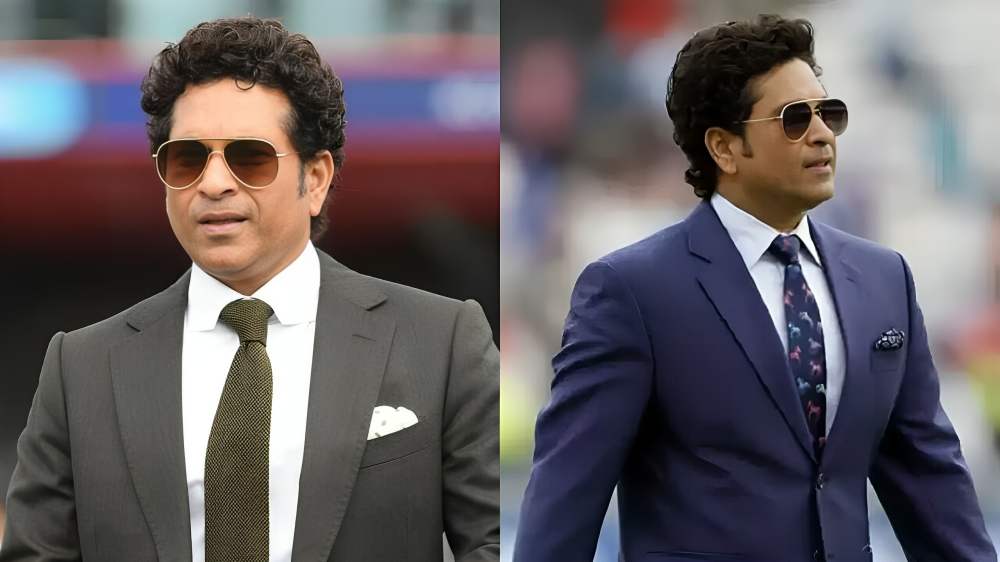Sports have existed for thousands of years in various forms, from simple games to structured competitions. One of the defining features of modern sports is the set of rules that govern them. These rules, while sometimes complex, are essential to ensuring fairness, safety, and excitement in sporting activities. This article delves into why sports are structured around rules, exploring their role in fairness, safety, strategy, consistency, and overall enjoyment.
1. Ensuring Fairness
The core reason sports are governed by rules is to ensure fairness. Without rules, there would be no way to standardize play, which would lead to chaos and inequality. Imagine a basketball game where one team is allowed to travel with the ball while the other isn’t, or where some players can use their hands while others cannot. These disparities would make it impossible for teams to compete on an equal footing.
Key Aspects of Fairness in Sports:
| Aspect | Description |
|---|---|
| Level Playing Field | Rules ensure that all participants follow the same guidelines, preventing advantages based on skill, size, or strength alone. |
| Impartiality | Referees or officials enforce rules impartially, ensuring that no team or player is favored over another. |
| Equality of Opportunity | Each team or individual has the same chance to win, as the rules provide equal conditions for competition. |
2. Safety
Safety is another crucial reason why rules are in place. In physical sports, such as football, rugby, or martial arts, players are exposed to a significant risk of injury. Proper rules, like those governing tackles, body contact, or the use of equipment, help mitigate these risks. Without these regulations, the likelihood of serious injury increases, potentially making the sport unplayable or too dangerous for participants.
Safety Regulations in Sports:
| Sport | Safety Rule Example |
|---|---|
| Football | No tackling above the shoulders to prevent head injuries. |
| Boxing | Fighters must wear gloves, and punches to the back of the head are prohibited to reduce brain trauma. |
| Soccer | No intentional physical contact to prevent injuries from tackles. |
| Swimming | No diving into shallow water to prevent head or neck injuries. |
3. Strategy and Skill Development
Rules shape how a game is played, and they create boundaries within which players must develop strategies. If there were no rules, strategy would be impossible to form, as players could simply improvise their way to victory. Rules also encourage the development of specific skills tailored to the demands of the game.
For example, in chess, the rule that a bishop can only move diagonally limits a player’s strategic choices but also forces them to develop intricate plans to outsmart the opponent. In contrast, in sports like soccer, rules regarding offside play encourage players to focus on positioning and timing, ensuring the game remains dynamic and engaging.
Examples of Strategic Rules:
| Sport | Strategic Rule Example | Skill Developed |
|---|---|---|
| Basketball | The shot clock limits the time a team has to attempt a shot. | Quick decision-making and time management. |
| Tennis | The serve must land in a specific area, forcing players to aim accurately. | Precision and consistency in serving. |
| American Football | Each team has a limited number of plays to gain yards. | Creative play-calling and adaptability under pressure. |
4. Consistency Across Games
Rules provide consistency, ensuring that no matter where a game is played or who is playing it, the fundamental aspects of the sport remain the same. This is important not only for players but also for spectators who watch games in different locations or over time. Whether it’s a local high school football game or a Super Bowl, the rules of American football remain the same, ensuring a familiar experience for everyone involved.
Importance of Consistency:
| Aspect | Description |
|---|---|
| Global Standardization | Sports with a universal set of rules allow teams and individuals from around the world to compete against one another. |
| Familiarity for Spectators | Consistent rules ensure fans enjoy the sport wherever they watch it, whether it’s on television, in a stadium, or online. |
| Regulatory Bodies | Organizations like FIFA (soccer), the NFL (football), and the NBA (basketball) standardize rules to ensure fair play globally. |
5. Ensuring Entertainment Value
Sports are primarily designed for entertainment, and rules are crucial to maintaining this aspect. Without rules, there would be no structure to the game, and the spectacle would lose its appeal. For instance, in a game of basketball, rules governing the scoring system, time limits, and fouls all contribute to the excitement and tension of the game. Rules also maintain competitive balance, which ensures the sport remains engaging for players and viewers alike.
Rules as a Source of Entertainment:
| Sport | Rule Impact on Entertainment |
|---|---|
| Football | The rule of 11 players per team creates a balanced game that tests teamwork and individual skill. |
| Baseball | The three-strike rule creates suspense with every at-bat, adding drama to the game. |
| Cricket | The limited number of overs (or balls) in a game forces teams to play aggressively, making the game faster-paced and more exciting. |
6. Cultural and Social Significance
Rules in sports are not only about fairness and safety; they also reflect cultural values. In many cases, they are designed to uphold the traditions and ethos of a given sport or its community. For example, the tradition of “fair play” is deeply ingrained in the rules of many sports, particularly in those with long histories like rugby and tennis.
Moreover, rules can foster sportsmanship, promoting values like respect, discipline, and teamwork, which can have social benefits beyond the field of play.
Examples of Culturally Significant Rules:
| Sport | Cultural/Social Rule Example |
|---|---|
| Rugby | The “handshake” rule at the start and end of a match emphasizes respect for opponents. |
| Tennis | The tradition of wearing white at Wimbledon reflects the sport’s emphasis on tradition. |
| Golf | Etiquette rules like maintaining silence during play promote respect and focus. |
7. Adapting to Modern Needs
As sports evolve, their rules are adjusted to keep pace with technological advances, changing player abilities, and fan expectations. Video assistance, such as VAR (Video Assistant Referee) in soccer or Hawk-Eye in tennis, has introduced new rules for handling video reviews. These adaptations help maintain fairness, enhance accuracy in decision-making, and respond to the growing importance of technology in modern sports.
Example of Modern Rule Adjustments:
| Sport | Modern Rule Adjustment |
|---|---|
| Soccer | The introduction of VAR to review offside and penalty decisions. |
| Tennis | The use of Hawk-Eye technology to challenge line calls and reduce human error. |
| Cricket | The Decision Review System (DRS) allows players to challenge umpire decisions. |
Conclusion
Sports are made up of rules for various essential reasons: to ensure fairness, safety, consistency, and entertainment value. These rules create a structured environment in which athletes can compete on equal terms, develop strategies, and push their physical and mental limits. Without these rules, sports would not only lose their integrity but would also cease to be the exciting and engaging competitions we know and love. Whether it’s through preserving traditions, maintaining fairness, or enhancing safety, rules are the foundation upon which sports are built and thrive.













